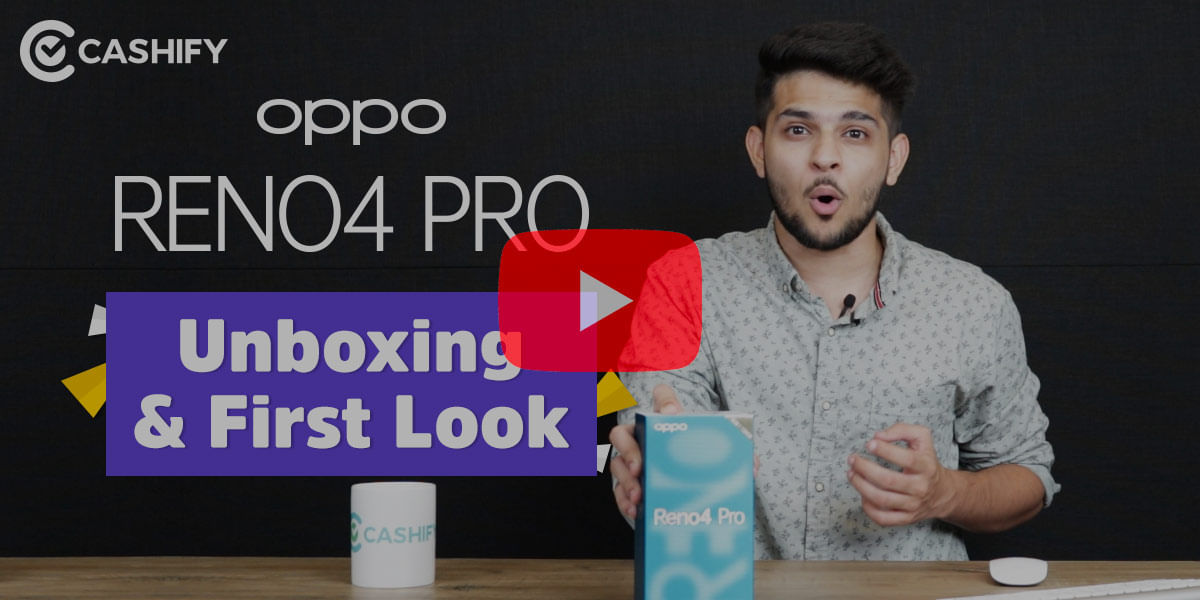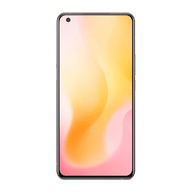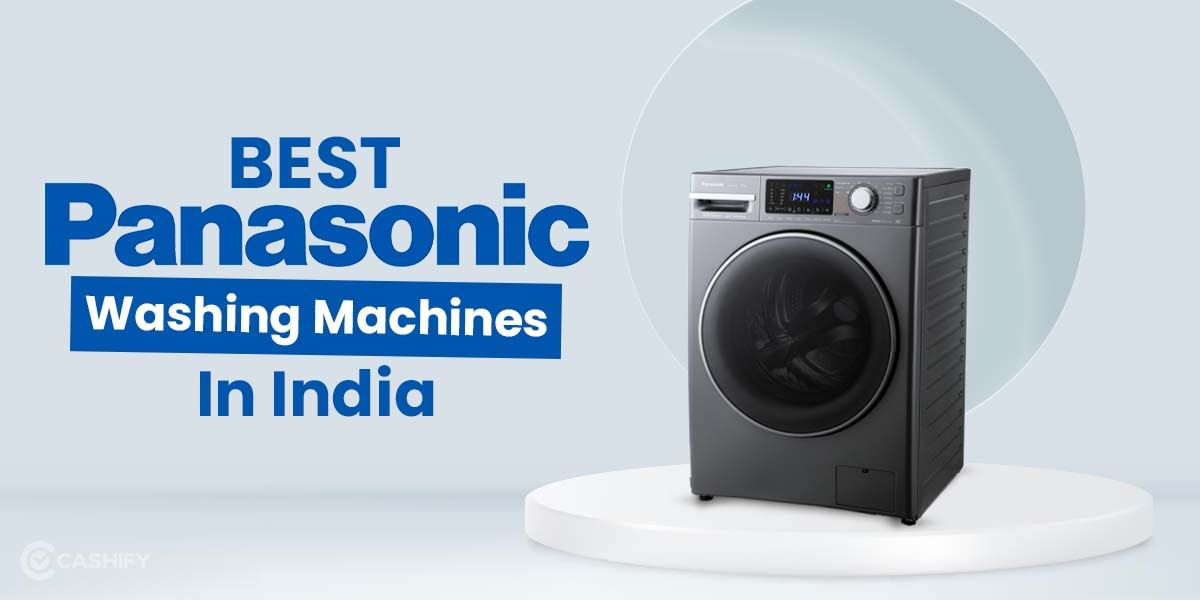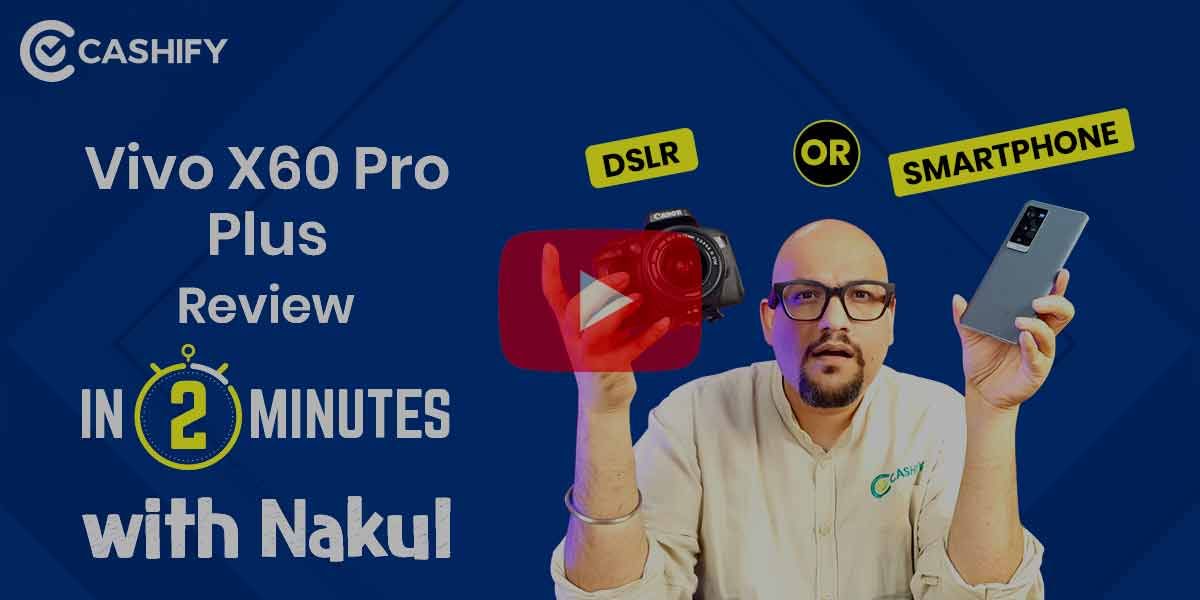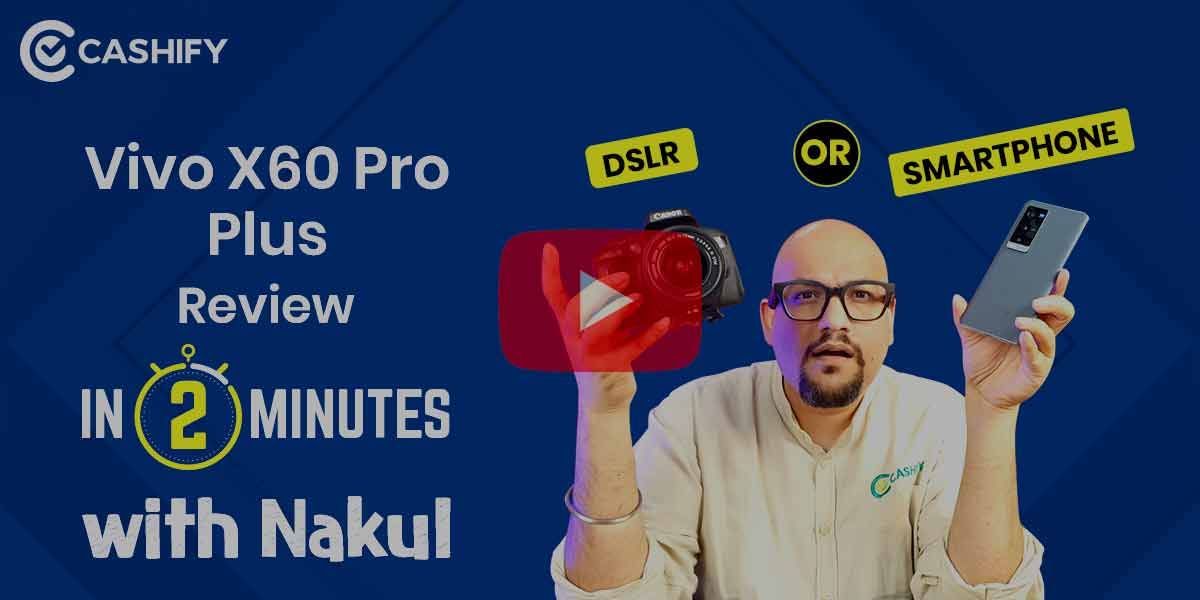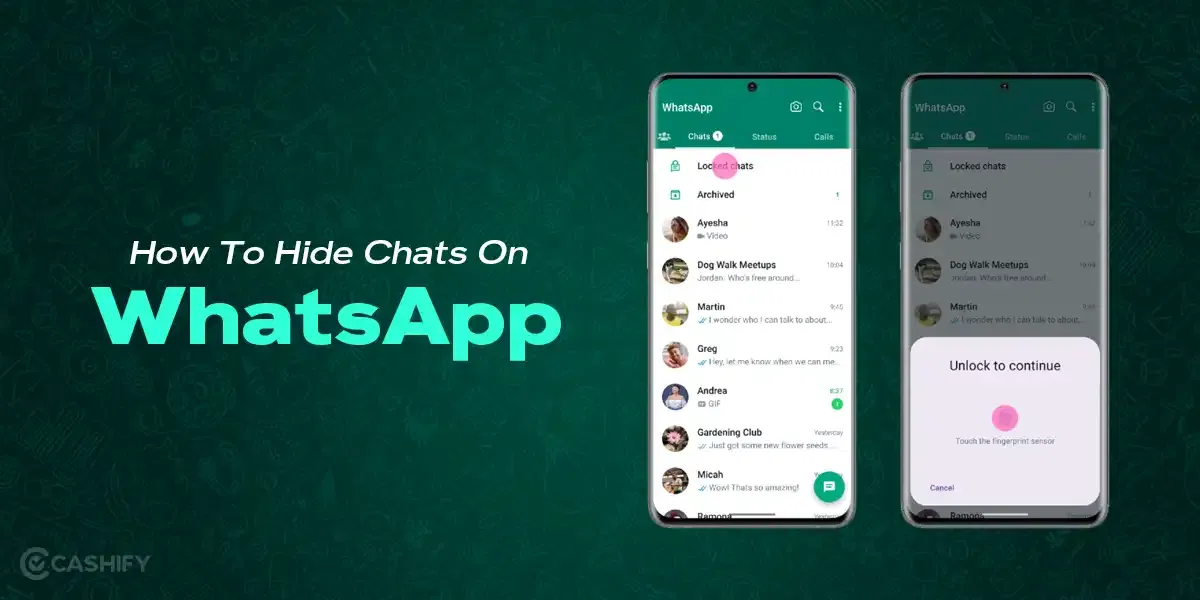Introduction
Vivo X50 is a premium smartphone under Vivo’s X-series that looks pretty dope. It has a Pro variant too. The X50 offers almost everything that its Pro variant offers except the gimbal OIS support but just OIS, and a slightly larger battery. Talking about Vivo X50, it packs in a mid-range 730 processor paired along with 8GB RAM, 128/256GB of storage, and a 4,200 mAh battery which makes it a great choice if you are a heavy user. You also get a brilliant and vibrant 6.56-inch AMOLED display with it at 90Hz refresh rate similar to the OnePlus 7 Pro which is another USP to cherish. But is it worth buying?
Read More: Latest Smartphone Reviews
We used the phone for a few things and here’s what the Vivo X50 is actually for so that you can decide whether to go for it or not.
Prices in India, Variants, Availability
The Vivo X50 price in India starts at Rs 34,990/- for its 8+128GB variant. You can also choose the higher 8+256GB variant which is up for sale at Rs 37,990/- on Vivo’s website. Choose between Frost Blue and Glaze Black that fits your taste. Vivo is also offering a tonne of discounts and deals including an Exchange offer, a one-time screen replacement program, cashback of up to Rs 2,800/- on ICICI, and HDFC EMI and more.
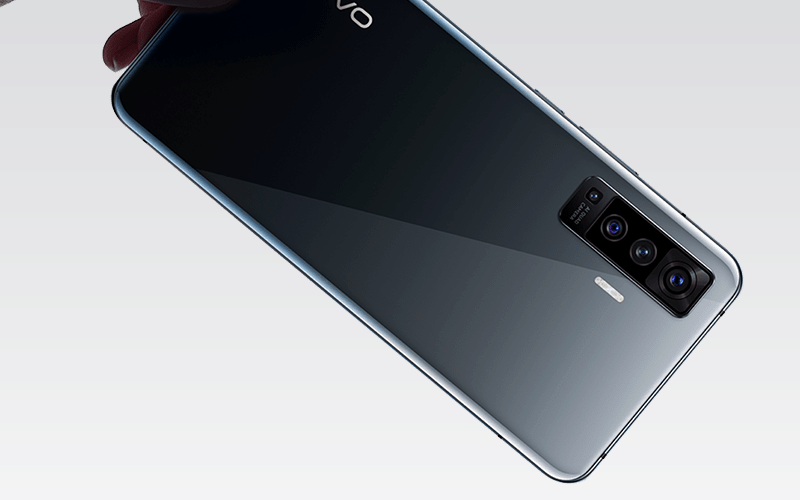
Box Contents
Vivo X50 comes with a fancy dark blue rectangular packaging. The box contents include:
- Vivo X50
- USB Power Adapter
- Protect Case
- Protect Film (applied)
- Type-C to USB Cable
- SIM Card Tool
- XE710 (3.5mm jack) + Type-C adapter
- Quick Guide
Specs at a glance
Find below what the all-new Vivo X50 has to offer on papers:
- Display: 16.66 cm (6.56”), AMOLED, 2376 × 1080 (FHD+), 90Hz refresh rate
- CPU: Qualcomm Snapdragon 730
- RAM & ROM: 8GB/128GB
- Software: Funtouch OS 10.5 (Based on Android 10)
- Rear cameras: 48MP + 13MP + 8MP + 5MP
- Selfie camera: 32MP
- Battery: 4200 mAh, 33W FlashCharge 2.0
- Weight: 173g
- Dimensions:159.54mm*75.39mm*7.55mm
Design and Build
Vivo X50 has a sleek design crafted with keeping all the points in mind. It doesn’t have a curved display although it is the same display as that of the Pro variant. The front panel uses a COP technology that brings down its bezels to barely 2.8mm at the bottom, and it weighs just 171.5g for the Frosted Blue and 173g for the Glaze Black variant. The phone is a masterpiece with an exceptional colour etching technology that gives it an out-of-the-box look and feel at the back. It also houses a quad-camera setup at the back arranged on the top-left corner of the phone.
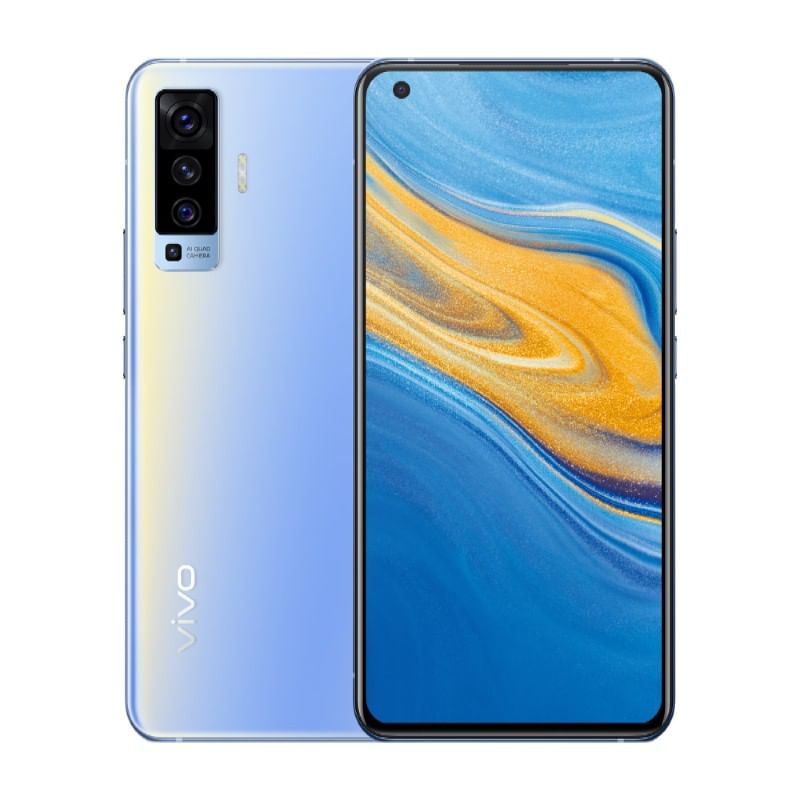
On the right side of the phone, you will find a power button just above the centre, making it easier for users to hold and lock/unlock the phone. The power buttons are located above the power button. On the bottom, you’ll find a single bottom-firing loudspeaker flanked with a USB Type-C port, a secondary microphone, and a SIM Card tray slot. The edges are curves that technically reduce its thickness and eases a better grip on it.
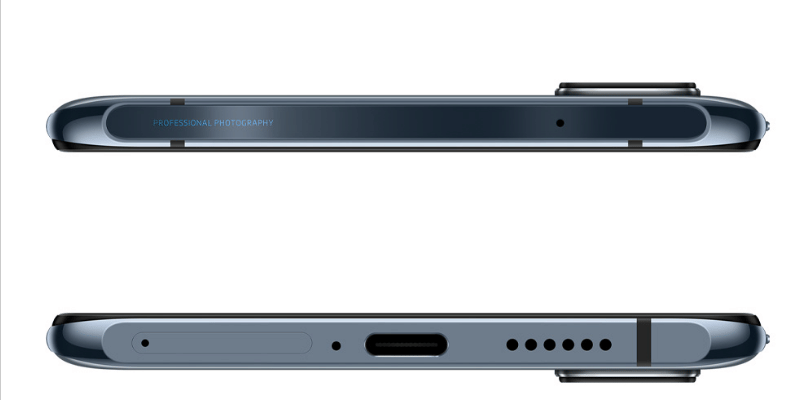
Display
Vivo X50 sports a giant 6.56-inch AMOLED panel with an 87% screen-to-body ratio. It has a 1080×2376 pixel resolution along with HDR10+ display and 90Hz refresh rate on-top that gives it a much-needed premium touch. It has a rich 398 PPI density to go and supports 16M colours. Also, it is a flat display unlike its Pro variant, so there’s a bit of difference here as well.
Vivo X50 series is a premium phone and no doubt Vivo X50 is one of them. The display stretches from edge to edge, leaving a bezel around the edges although thicker than the Pro variant. The display showcases a higher dynamic range, rich colours, and overall, it looks vibrant with more in-depth details thanks to its AMOLED technology.
The 90Hz refresh rate gives it ultimate and smooth transitions without any compromise. There’s a 180Hz screen response rate that gets things done when you tap on something even before you blink your eye. Furthermore, the panel has a customized Sunlight Display algorithm which tweaks the brightness of the display taking it at an extremely bright 1300 nits that allows viewing the display even under direct sunlight.
Performance
The powertrain mounted on Vivo X50 that keeps it running smoothly is a Qualcomm Snapdragon 730 processor built on a 7nm manufacturing node. It has eight cores which include a 1+1+6 core setup. It has a 1×2.4GHz high-performance Kryo 475 Prime core with 1×2.2GHz Kryo 475 Gold core and 6×1.8GHz Kryo 475 Silver set up along with an Adreno 620 GPU. It has two storage configurations i.e. 128+8GB and 256+8GB with UFS 2.1 storage system.
Read More: Smartphones With Best Processors
Vivo X50’s Snapdragon 730 processor is made for low power consumption while promising higher grade of performance that won’t disappoint you unless you are looking for a powerful mid-range processor aka Snapdragon 765G mounted on X50 Pro. The performance is not questionable as we didn’t notice any lag while playing games and hovering between apps, although continuous resource-drenching use could cause a bit of lagging problem. Slight heating issue is imminent on X50 as we noticed it when the phone was up for charging although it was slightly warm and not like holding a fireball.
Software
You’ll get Android 10-based FuntouchOS 10.5 with the Vivo X50. The software brings a lot of changes to the user interface. It observes a concept called Original Design that uses medium-purity watercolours and a blend of balance icons to make the UI look appealing. There’s an Always-On Display that you enjoy when the phone’s screen is off. Jovi virtual assistant on Vivo X50 is live and will help you get around your daily tasks easily such as reminding users to drink water and so on. Other features on FuntouchOS 10.5 include EasyShare, iManager, AI Editor, and others.
Cameras
Vivo X50 has an almost similar camera setup to its Pro variant minus the gimbal support. About the specifications, it has a quad-camera setup with a primary 48MP wide-angle sensor with OIS, f/1.6 aperture, PDAF; 13MP portrait sensor with an aperture of f/2.5, 2x optical zoom, PDAF; a tertiary 8MP ultrawide sensor with an aperture of f/2.2, 1.12micron pixel size, and a 120-degrees field of view and finally, there’s a 5MP macro sensor on-board with an aperture of f/2.2. The front, on the other hand, has a 32MP front punch-hole selfie with an aperture of f/2.5 and 0.8micron pixel size.
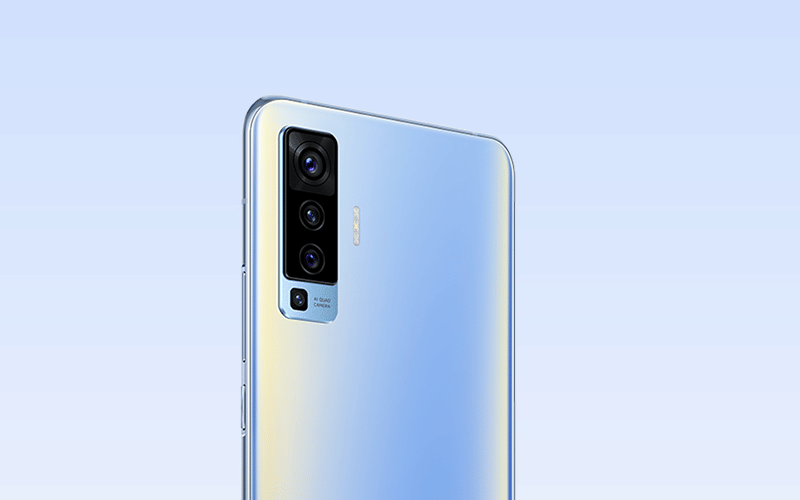
Unlike X50 Pro’s gimbal OIS support, Vivo X50 is strapped with Optical Image Stabilization (OIS) using its 48MP primary camera on-board with AI Noise Cancellation algorithm that grabs RAW photos that are processed further. The custom-made IMX598 sensor from Sony captures detailed shots thanks to its increased sensitivity to light which eases its night mode photography as well using the Superb Night Camera.
Plus, there’s an Extreme Night Vision that kicks in when there’s maximal darkness that captures shots with finer details like no other. As it has OIS and EIS on-board, you can expect the videos to be super stable even if your hand is shaking, such as when capturing a shot while moving. It captures photos with real and natural colours with a high dynamic range. The primary sensor has 2x optical zoom although you can get closer to objects via hybrid zoom. The photos are good quality, and it retains details even in the nighttime as said above. Overall, it can capture videos at 4K resolution at 30fps, which is limiting since there’s no way to exceed the 30fps barrier.
The phone can grab photos at 20x zoom using a dedicated portrait sensor that churns out images with a focus on the subject although the background isn’t that blurred to give it a bokeh effect.
The macro sensor works fine too, capturing subjects as close as 3 to 5 cms. All the details of the subject in a macro shot are retained, which makes it an excellent choice to pick. Finally, there’s an ultrawide sensor that can capture photos at a 120° field of view that seems legit as well.
Finally, the front sensor can capture quality shots with a bokeh effect, and it is limited to 1080p at 30fps. The camera app is equipped with various modes including Ultra Stable, Movie Camera, Motion Snapshot, Live Photo, Time-Lapse, AR Stickers, Jovi Vision, Pro Mode, and Super wide-angle video, among others. No doubt it is being marketed as a powerful phone for photography as it is one of them if you are looking for it.
Battery
Vivo X50 has a 4,200 mAh battery which is less than what its Pro model offers. With a giant battery on-board, it can pull off an excellent battery life thanks to its aggressive battery management feature. Typically, a 4,200 mAh battery would last more than a day even on moderate to heavy usage. It is coupled with Vivo’s 33W FlashCharge 2.0 technology that juices up the battery faster than others. It takes less than an hour to charge the battery from 0% to 80% or you can place it on charge for a few minutes to get a good talktime at times.
Audio, Connectivity, Biometrics
Vivo X50 has a decent audio quality using the earpiece. The bottom-firing speaker has a good loudness score; so that’s a relief although it isn’t that good with low and high notes but excellent when it comes to mid-tones.
Next up, Vivo X50 doesn’t have a 3.5mm headphone jack, so that’s a letdown. You’ll get dual-band Wi-Fi 802.11 a/b/g/n/ac (Wi-Fi 5) support with it. Also, it supports Bluetooth 5.1 along with aptX HD, LE, A2DP, which means it supports more standards than its Pro variant. It also supports GPS, including the BDS, Galileo, Glonass, and A-GPS navigation systems. There’s NFC on-board allowing users with contactless payments, and finally, a Type-C aid is a quick charge and data transfer along with support for Type-C earphones and headphones.
Just like any other Android phone, you will look at now, Vivo X50 has an in-display fingerprint scanner that unlocks pretty fast. There’s a face unlock feature as well which is also in-line with its price tag. Then again, you have the usual PIN/Pattern/Password unlocking feature; in case you can’t access the two methods hailed as crucial in today’s phones.
Pros & Cons
Pros
- 33W FlashCharge 2.0 technology
- Excellent battery life
- 90Hz refresh rate
- Excellent camera with OIS
Cons
- There’s no 3.5mm headphone jack
- No memory card slot
- Underwhelming processor
- A bit Expensive
To be honest, Vivo X50 has a brilliant design. It has a competent processor but feels slightly outdated at this point, but it has a good performance but if you want a more powerful phone, check out Realme X3 SuperZoom or iQOO 3. You can also go for the latest OnePlus Nord 5G which is more powerful while at a price tag of Rs 27,999/- which is a lot less than Vivo X50’s Rs 34,990/- price tag.
Under the chassis, you’ll find a 4,200 mAh battery that keeps the phone alive for hours without needing another charge while the 33W FlashCharge 2.0 technology adds to its USP. The quad-camera setup with OIS is competent enough for detailed shots; so that’s another strong point if you are looking for a powerful camera onboard although it is quite expensive so decide if you want to buy it or not.



